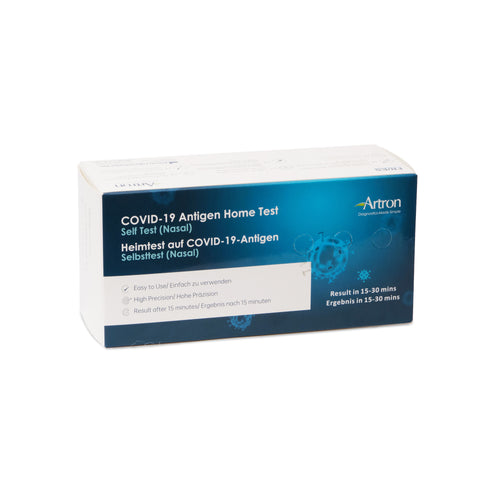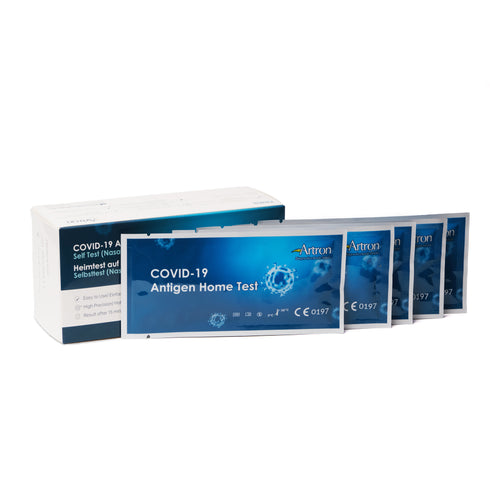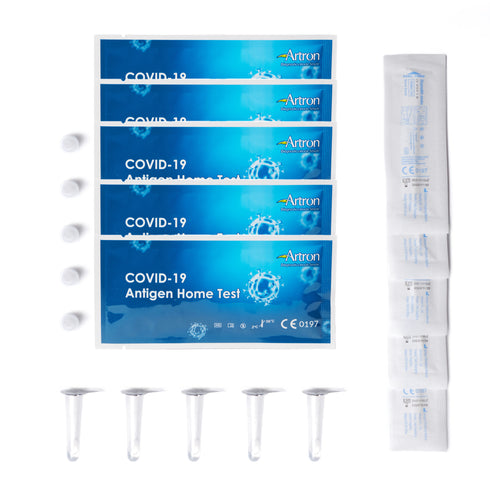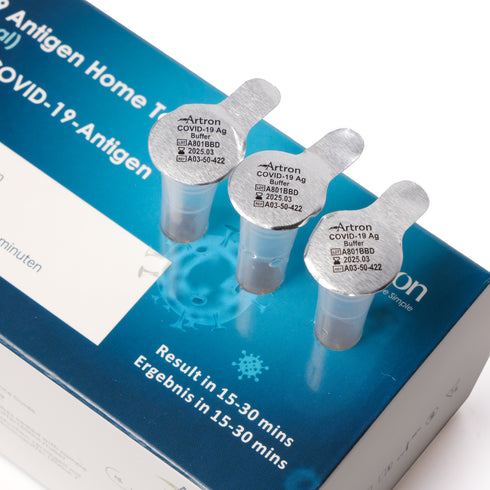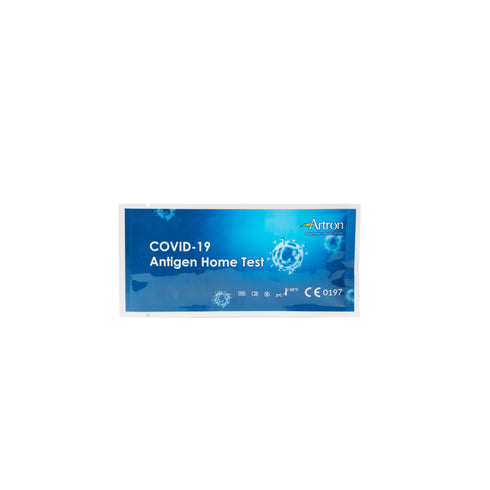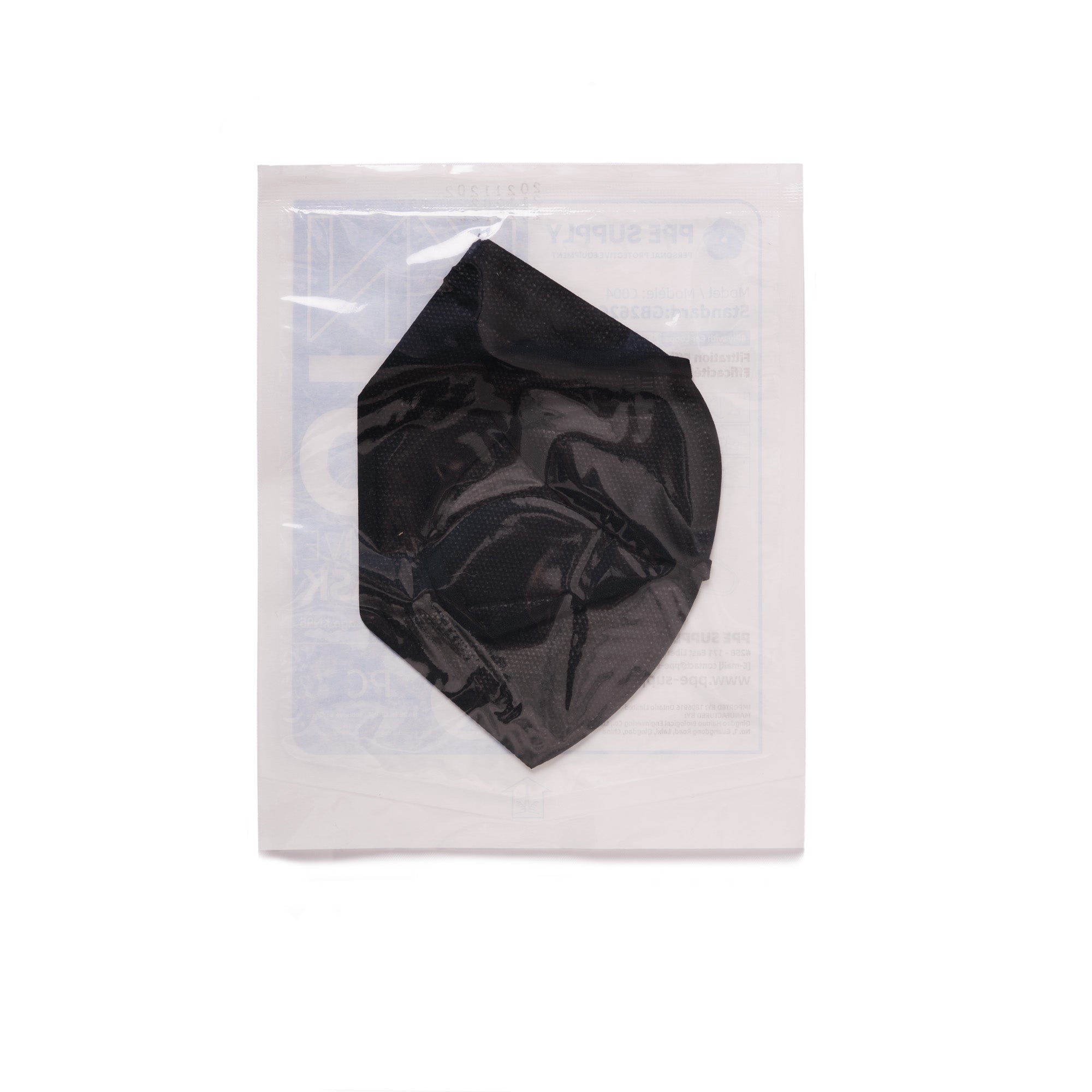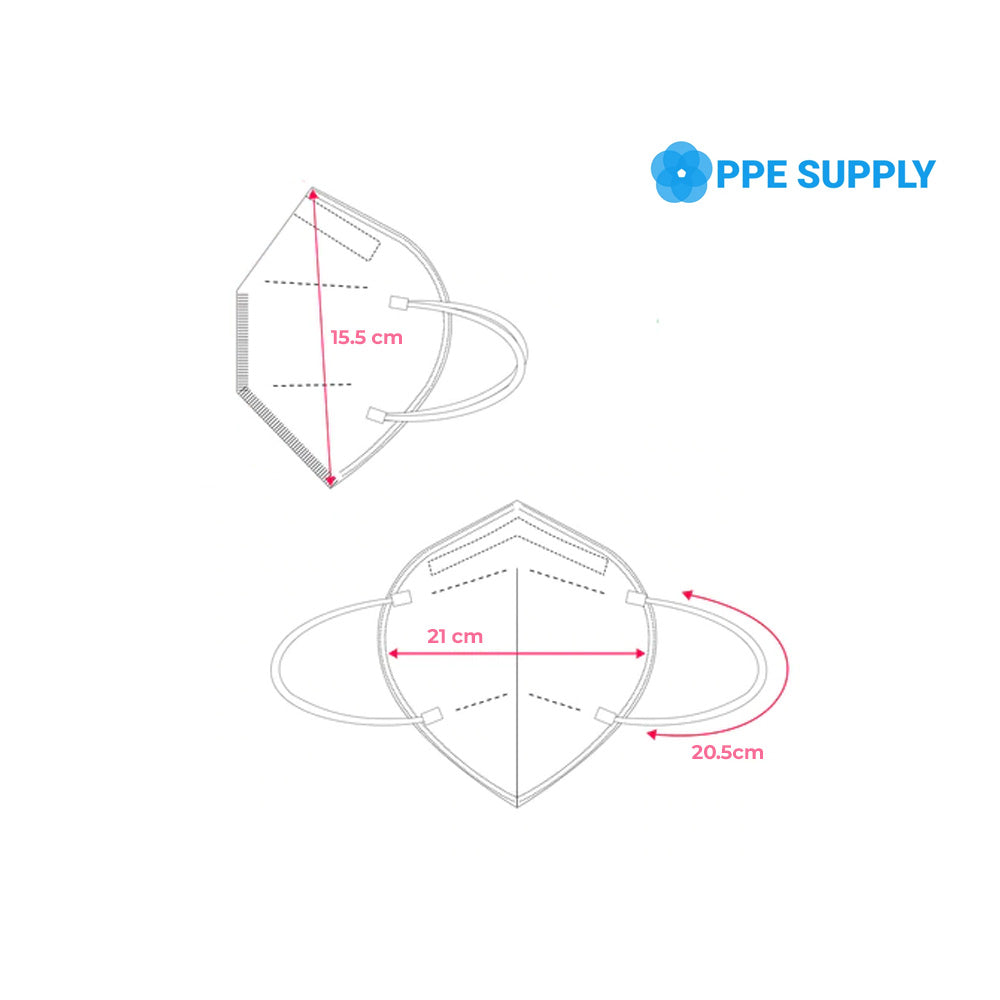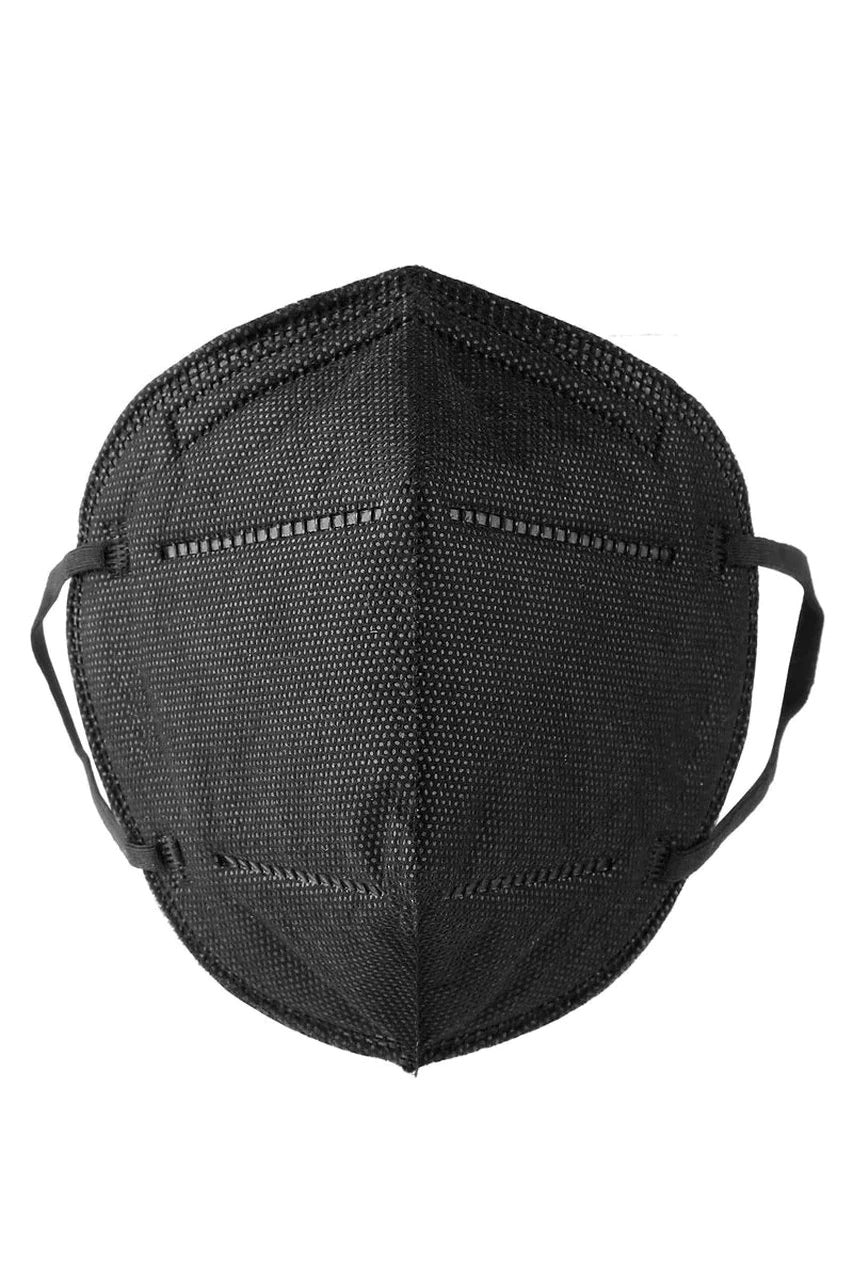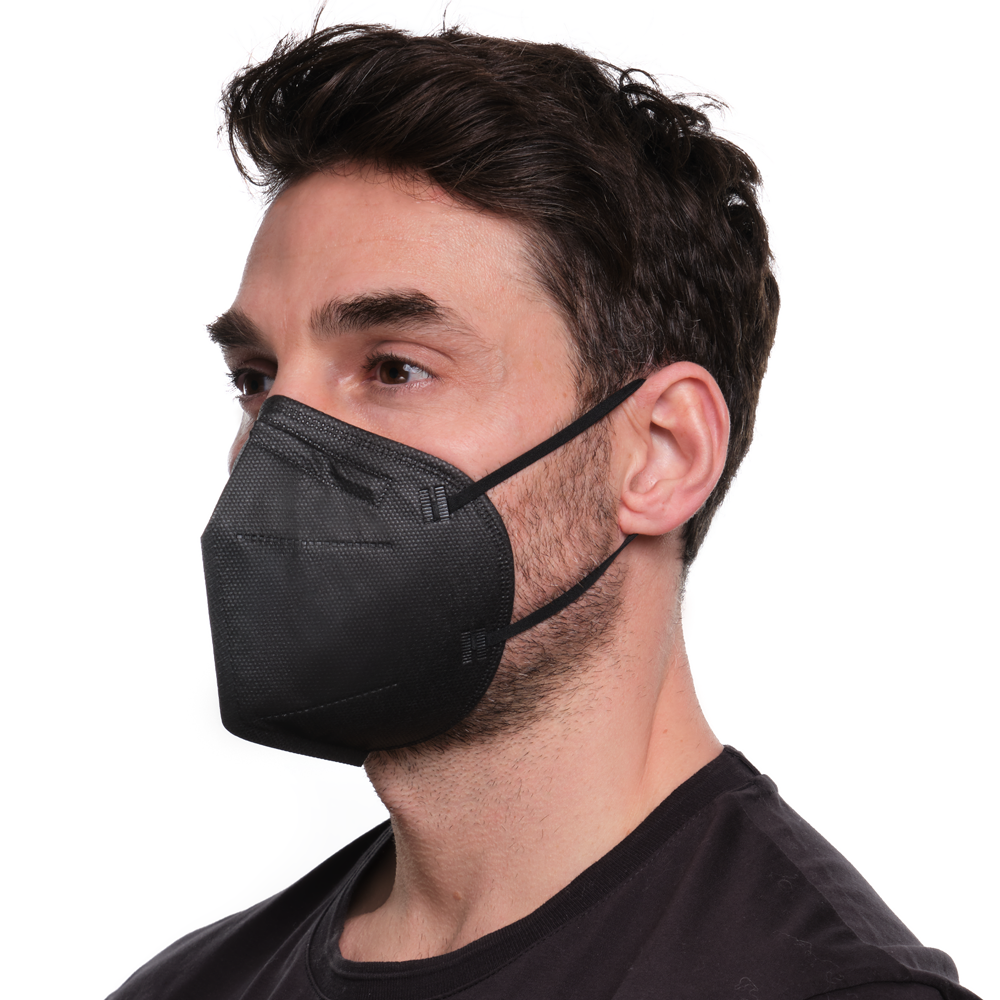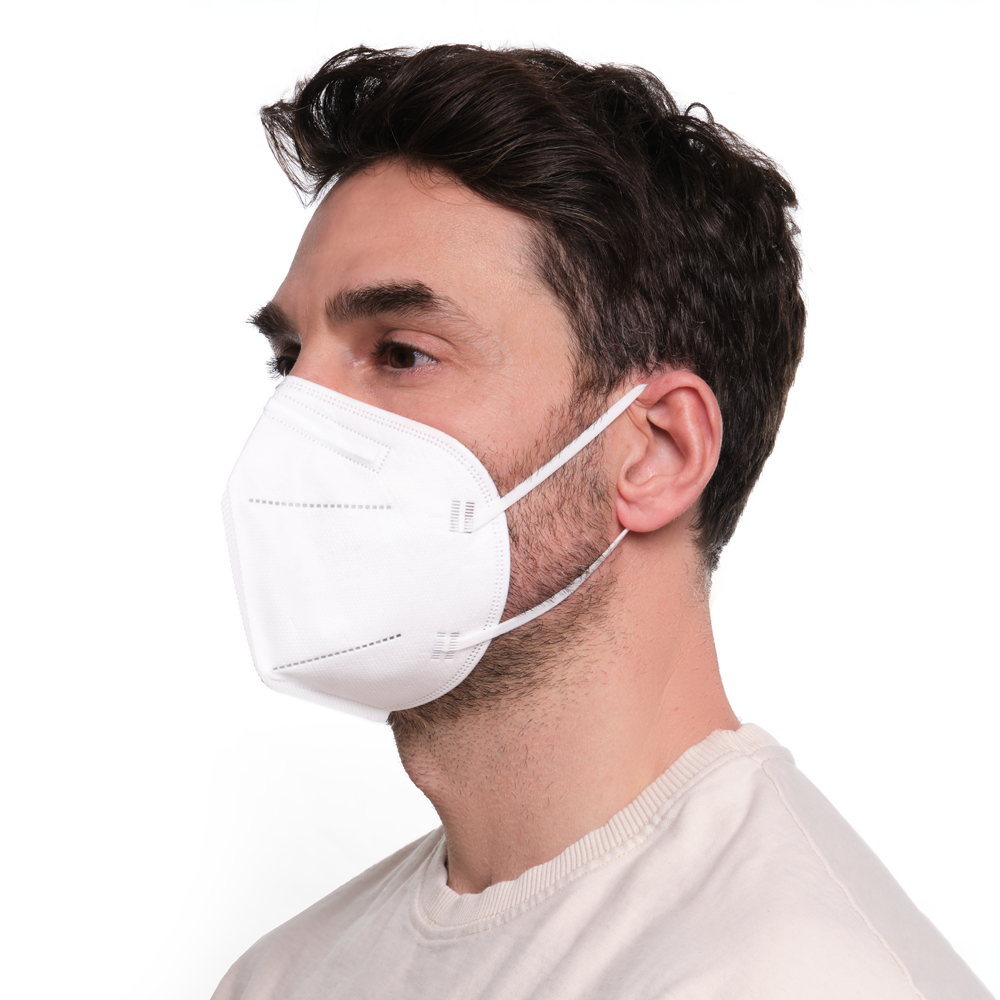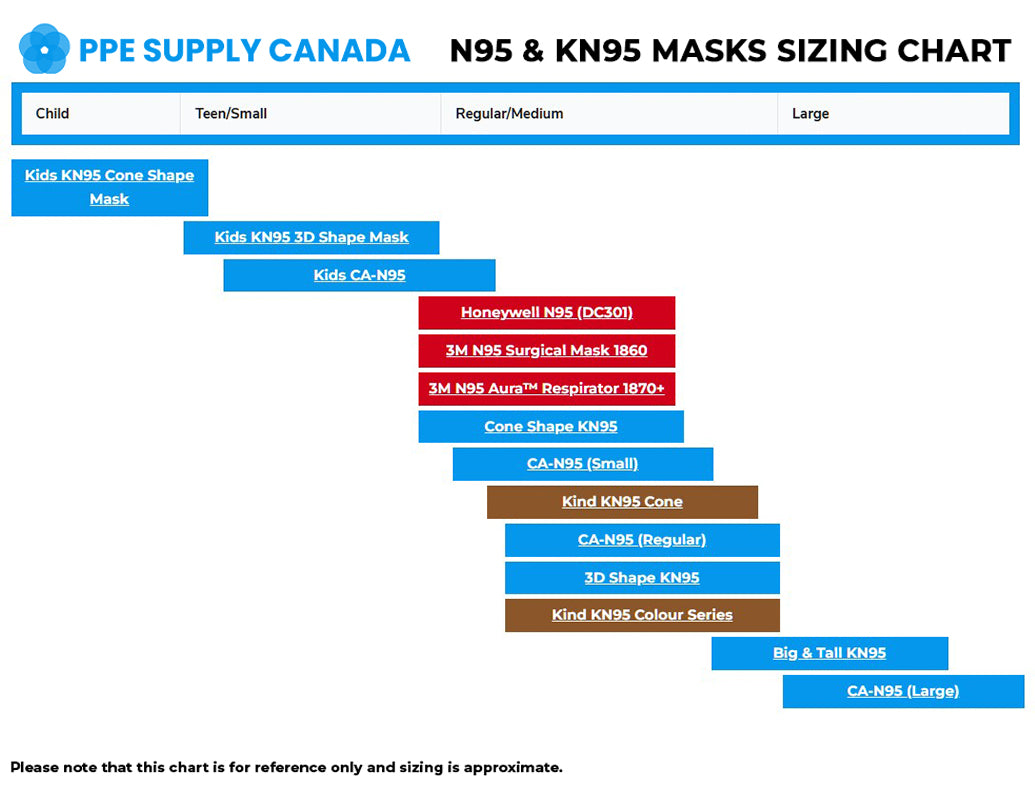Demystifying the "C" and "T" on Rapid Antigen COVID-19 Tests

In recent times, we've all become quite familiar with the terminology associated with COVID-19 testing. Amidst the various acronyms and technical jargon, two letters frequently appear on the reports of rapid antigen COVID-19 tests: "C" and "T." These seemingly simple letters, however, hold a world of information that is essential for understanding the reliability and accuracy of these tests. In this article, we will explore what "C" and "T" signify in the context of rapid antigen COVID-19 tests, providing you with a clear and friendly yet professional explanation.
Rapid Antigen Testing: A Quick Overview
Before we dive into "C" and "T," let's establish a foundational understanding of rapid antigen testing. This form of testing has become a regular tool in each household due to its speed and accessibility. Rapid antigen tests aim to detect specific proteins from the SARS-CoV-2 virus, which causes COVID-19.
These tests are designed for quick results, often within 15-30 minutes, making them invaluable for identifying potential cases in high-risk settings, such as airports, schools, and healthcare facilities (i.e., nursing homes). However, the accuracy of these tests can vary, and "C" and "T" play a pivotal role in understanding and interpreting the results.
"C" - The Control Line
The "C" in rapid antigen testing stands for the "Control Line." This line is a critical element of the test kit and serves as an internal quality control mechanism. It's the line that should always appear, regardless of the test result.
When you perform a rapid antigen test, the sample collected from the individual (usually a swab from the nose or throat) is mixed with a reagent. This reagent is responsible for initiating the chemical reactions that indicate the presence of viral proteins.
In a properly executed test, the "C" line should appear as a reference to confirm that the test has been performed correctly. It's a sign that the reagent has been properly activated, and the test kit is functioning as expected.
"T" - The Test Line
Now, let's move on to the "T," which stands for the "Test Line." The "T" line is the line that provides information about the test result. If this line appears, it indicates the presence of SARS-CoV-2 antigens in the sample, suggesting a positive result.
The appearance of the "T" line is an indicator of a positive result because it means that viral antigens have been detected in the sample. In a rapid antigen test, the "T" line usually appears as a visible line, a sign that the test has detected the virus's antigens.
However, it's important to note that the intensity or darkness of the "T" line can vary. A strong, clear "T" line indicates a higher viral load in the sample, while a faint "T" line suggests a lower viral load. Nonetheless, as long as the "T" line is visible, even faintly, it's considered a positive result.
Interpreting "C" and "T" in Rapid Antigen Tests
To interpret the results of a rapid antigen test correctly, one must pay attention to both "C" and "T." Here are a few scenarios and what they indicate:
Both "C" and "T" Lines Appear:
This result is positive. The presence of both lines indicates the detection of viral antigens in the sample. The test subject is likely infected with the SARS-CoV-2 virus.
"C" Line Appears, "T" Line Does Not:
This result is negative. The presence of the "C" line indicates that the test was performed correctly. However, the absence of a "T" line suggests that no viral antigens were detected in the sample.
Neither "C" nor "T" Lines Appear:
This result is invalid. If neither line appears, the test is inconclusive and should be repeated. The absence of the "C" line suggests that the test did not run properly.
"C" Line Does Not Appear, "T" Line Does:
This result is also invalid. The absence of the "C" line suggests a problem with the test kit's functionality, even if a "T" line appears. Such results should be treated as inconclusive.
Factors Affecting Rapid Antigen Test Results
It's important to understand that rapid antigen tests are not infallible. Several factors can influence the accuracy of the results, including:
Sample Collection:
Proper sample collection, usually via a nasopharyngeal or throat swab, is crucial. An inadequately collected sample can lead to inaccurate results.
Test Kit Quality:
The reliability of rapid antigen tests can vary between manufacturers. It's essential to use test kits that have received regulatory approval and are backed by scientific validation. This is why PPE Supply Canada offers test kits from the industry’s most trusted brands - BTNX and Lucira Health. We only offer our customers the best, as we want to ensure the safety of our communities. When purchasing from us, you know you’re purchasing a reliable rapid test from a reputable brand.
Variability in Viral Load & Timing of Test:
The accuracy of rapid antigen tests is highest in the early stages of infection when viral load is typically higher. Testing too early or too late can lead to false-negative results. Further, the amount of viral antigens present in an individual's sample can vary. This variability can lead to differing test results, including faint "T" lines in some cases.
As Lucira Health rapid tests are molecular tests, they are able to detect the SARS-CoV-2 virus at very low viral loads, or even when an individual is not exhibiting symptoms. This is because Lucira’s molecular, at-home rapid tests use molecular amplification technology to simultaneously and rapidly identify and distinguish SARS-CoV-2. This method targets SARS-CoV-2 RNA for early infection detection, in contrast to protein-focused antigen tests.
SHOP LUCIRA HEALTH COVID-19 & FLU AT-HOME TEST
CONCLUDING THOUGHTS
In the world of rapid antigen testing for COVID-19, the letters "C" and "T" hold the key to interpreting test results. The "C" line serves as a quality control check, while the "T" line indicates the presence of viral antigens. Understanding these lines and their significance is essential for ensuring accurate and reliable testing.
Stay safe and informed!
Sources:
U.S. Food and Drug Administration (FDA). (2021). Emergency Use Authorization: In Vitro Diagnostics EUAs.
Centers for Disease Control and Prevention (CDC). (2021). Interim Guidance for Antigen Testing for SARS-CoV-2.
World Health Organization (WHO). (2020). Antigen-detection in the diagnosis of SARS-CoV-2 infection using rapid immunoassays.
Pilarowski, G., et al. (2021). Field performance and public health response using the BinaxNOWTM Rapid SARS-Co





